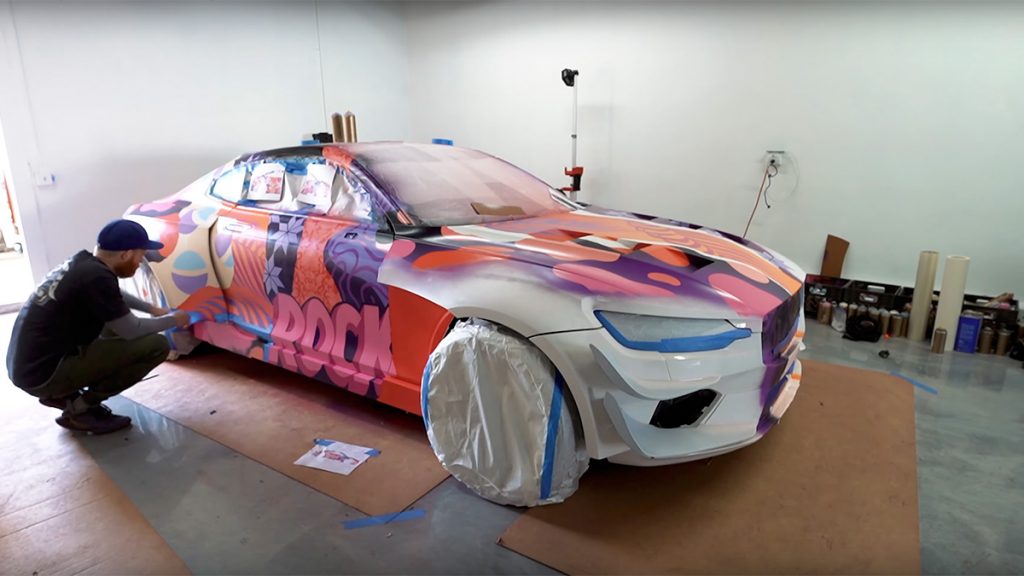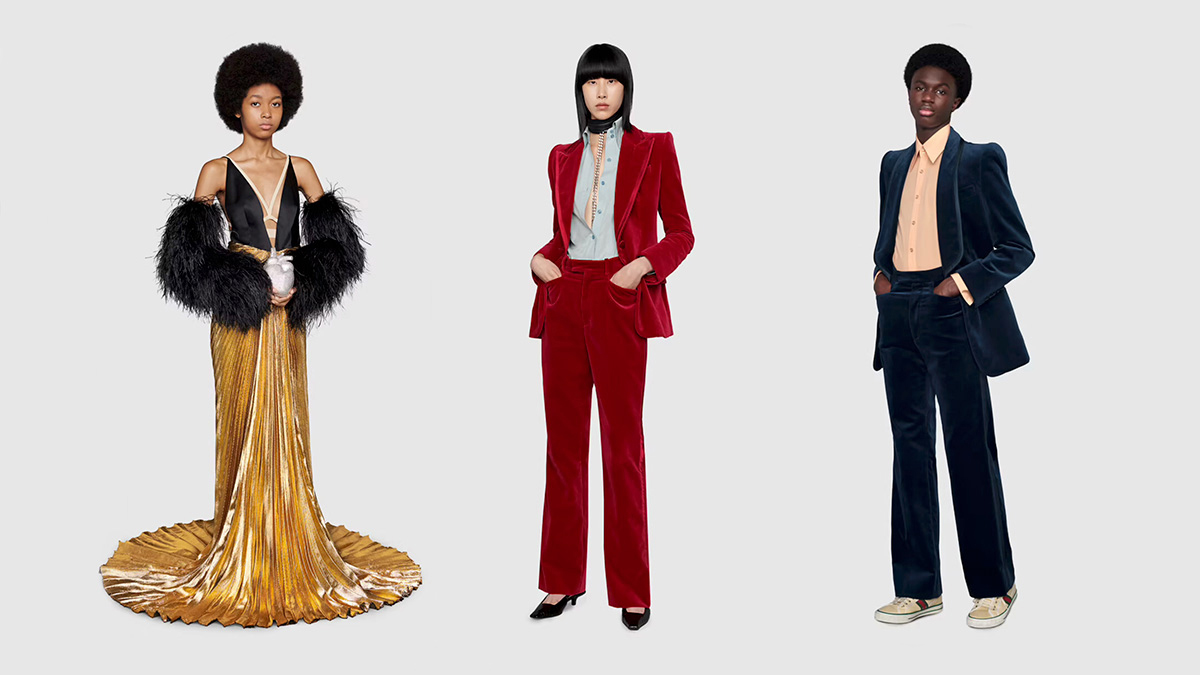(Missed Part 1? Miss it no more.)
Giving Lux
Luxury is not cheap. That’s the silliest thing I will say in this article! If luxury is not cheap then we should not cheapen luxury with the tools that we use to create items with. This is the first digital rule. MAKE YOUR LUXURY ITEM LOOK GOOD. Making it look as good in its digital state as it is in its physical state adds value and trust if you’re a luxury brand.
About value, which this first part is, we should never cheapen the cachet of the luxury object because it is being used for a game, an app, or some other form of digital vehicle with which the object can be sold. Pricing is an incredibly difficult part of the process when one considers that, in the games industry at least, items that appear to have an apparently low quality, or have limited utility can be priced higher than a Birkin bag.
It’s true! These items are called whale items and they are incredibly sought-after and coveted. One might say that they are the luxury items of the games industry. They can be anything: from a specific marque of a car with a customised decal, to a Chanel-like jacket available for a limited time in a fashion game. Whatever they are as digital items, it is a priority for the luxury industry to ensure that items and objects developed under luxury brands must retain the same or higher value as their physical counterparts based on the overall market value.

Above I briefly mentioned quality, utility, and price but what does that mean in games? These words are priority one in the minds of luxury creators for games, apps, and technology; and as I write this, I’m sure that this isn’t too far away from your thinking. But how does this convert as a language into digital? This luxury language of “coveting” and “sought-after” is synonymous with the physical space but not so much in the digital landscape. What is paramount is that pricing occurs in a way that is attractive in a games, app or technology setting because, though whale items are often sold many times over, whale items also have a great deal of use case associated with them. Luxury items currently do not.
Let me explain. If I need an Obsidian blade for slaying a particular dragon, I cannot complete the boss level with a simple kitchen knife. Therefore, if you’re going to a fashion show in a game and the requirements of this fashion show is that one must show up with a branded luxury item: voilà! There is a reason and a motivation for the player to purchase your brand.
What you have just created here are the beginnings of gamification. Getting under the skin of gamification has taken me 30 years, and now I want to share some insights with you. But this isn’t something that can be learned at the flick of a switch, or a finger click. Therefore, at the beginning of creating your object or item collection you might give some thought to the value of the digital object. Use case plus value is equal to profit in games, apps and technology.
Let’s imagine that this branded luxury handbag can only be used for Paris Fashion Week. It suddenly becomes a limited-edition item (use case) and that gives you the creator a blank canvas to open all manner of benefits to discoverability (see my next point below).
However, a warning: in the games industry there is a cardinal rule. Changing the price to reflect the future profits of the studio, is a big no-no. In games we have economies. We set out an entire process for how much things cost against how the player plays games and these various states or currencies are circular (value). We don’t operate a system in the games industry that reflects inflation or hyperinflation; we allow the player to control that to a certain level. As I mentioned previously regarding whale items: once the item is purchased, it’s entirely up to the player how the item is sold on. That’s a little bit different to buying, say, a Ferrari, and then selling that Ferrari back to Ferrari; we don’t do that in games. We believe in our community, and we allow our community to feel entirely free about how they use items that they have purchased provided it is within the confines of the game and the games rules.
Down the Rabbit Hole
There is so much that we can do with luxury items in games, apps, and technology that I’m surprised everyone isn’t clambering to have their brand front and centre.
Because of this I also find it incredibly bizarre that certain luxury houses operate a system where they create their own games around brands. Why? It’s not necessary. A game is launched with a variety of purchasable digital items which we call assets; each one of these has value, and together they are beautifully tied up in a gift-wrapped story (of core loops, narrative and game design). So, it’s always hilarious when I see a half-baked idea wrapped up in a brand: that feels completely futile. What we want our audience to do in games, and in luxury, is to fall in love with our world. If the world is half-baked, how do you expect anyone to fall in love with it?
This is where discoverability kicks in. It plays a huge part in how your audience connects with your brand. In the games industry it is the most important thing.
Earlier, I explained how utility or use case plus value is equal to an item being sought after and coveted. This equates to millions of story spin offs about everything! From whom the item’s owner was, to how this item will be used, to how the item was made, to the magical properties of this item. I appreciate that luxury is a little more serious because the suspension of disbelief is not possible when we talk about the value of luxury brands in the physical space. What we need to do with luxury items to convert them into gamified objects is to sprinkle some fairy dust, thus making the item more sought-after, more coveted, more gamified, and ultimately more valuable.
In the next article I will round-up the hints and tips after taking a deeper dive into the gamer’s brain. You will find that it’s not so different from the psychology of luxury.
Kelly lives and breathes everything Beyond Games as a futurist and self-described creative badass. And as an experienced game developer, she's worked on titles such as Tomb Raider, Halo 3 and Candy Crush.






































